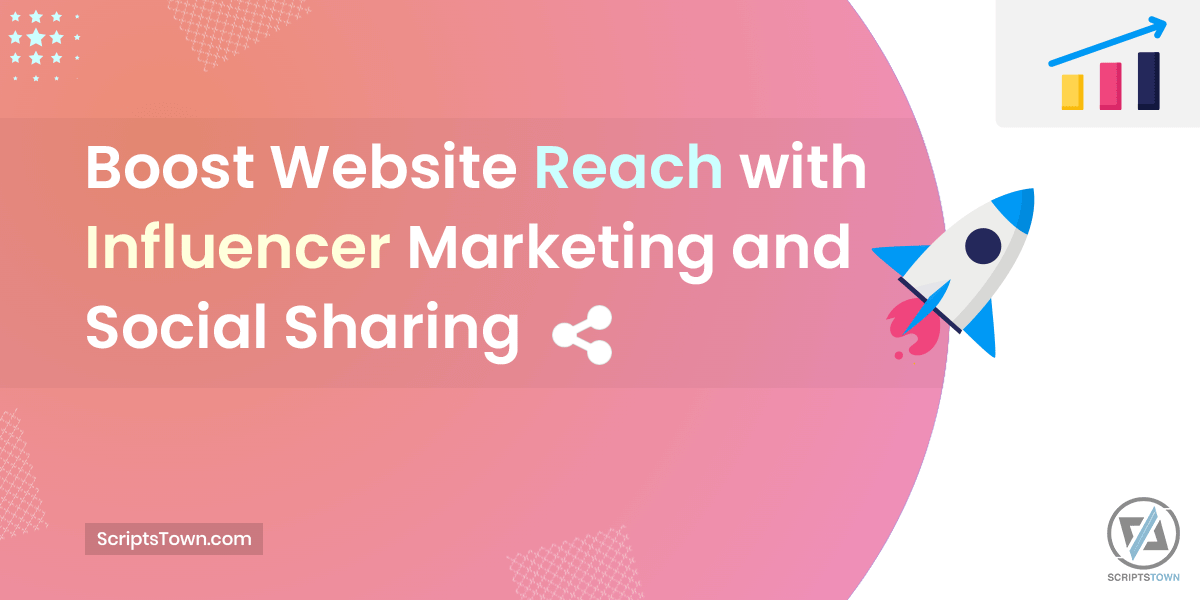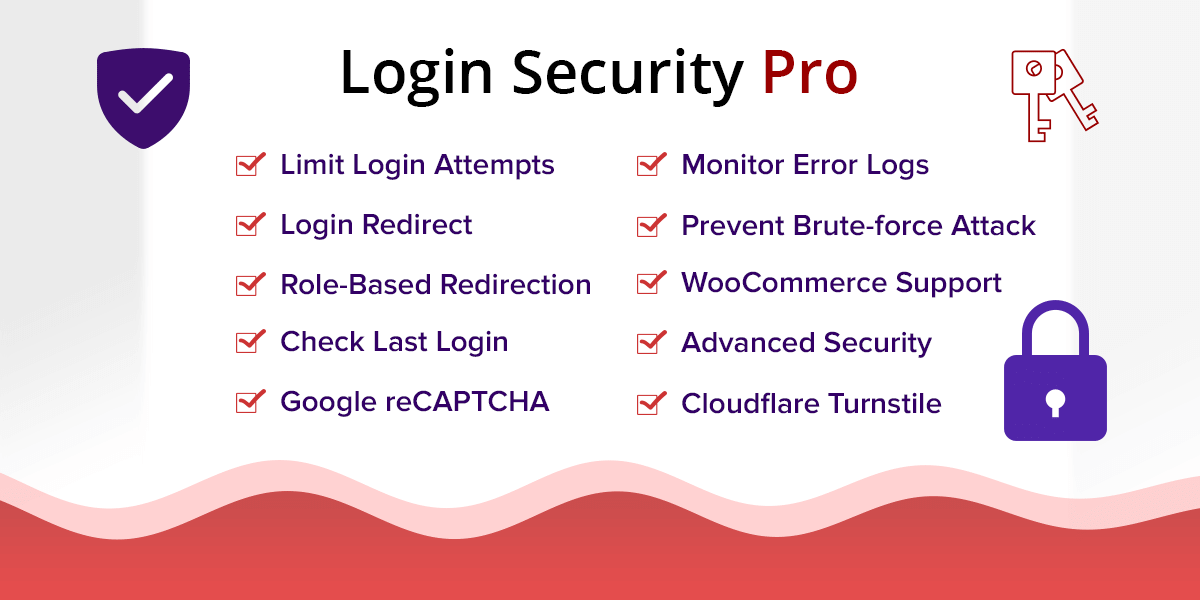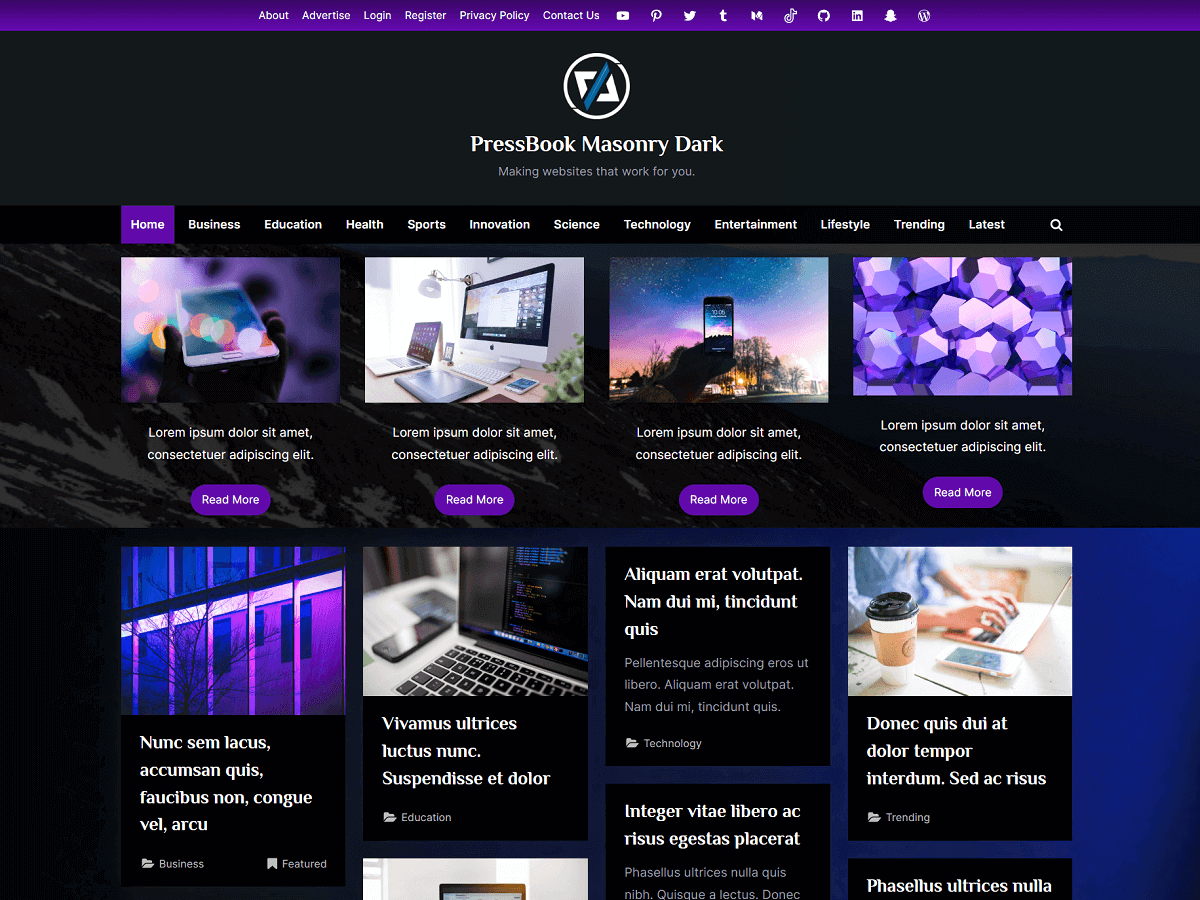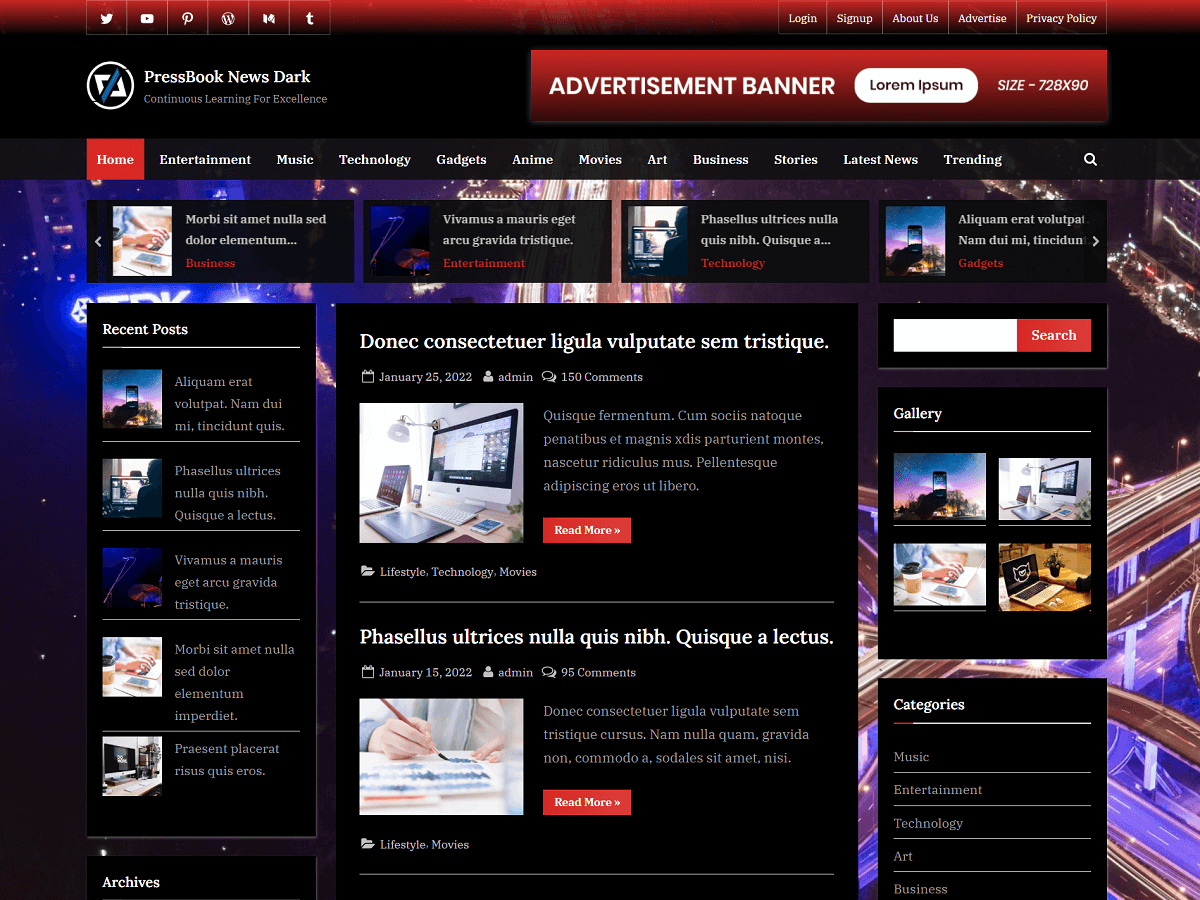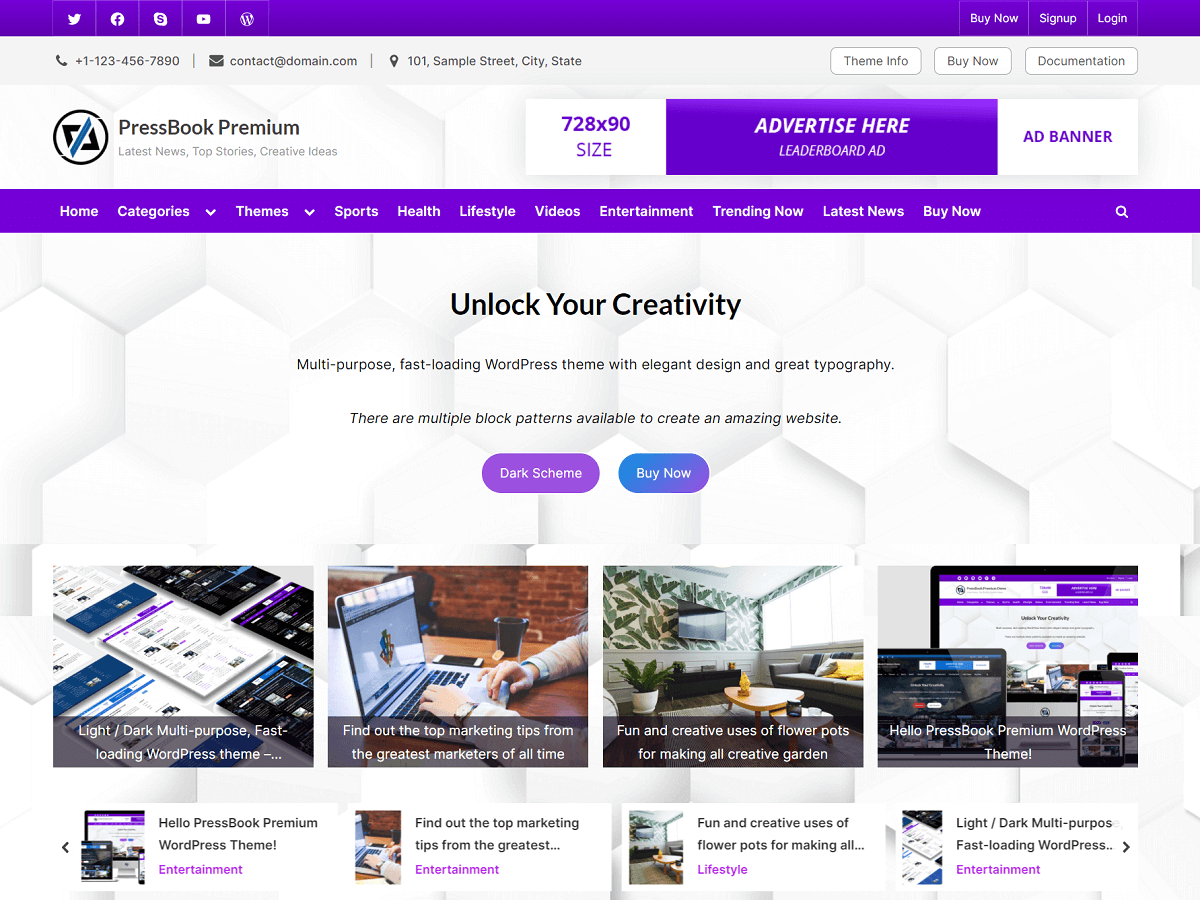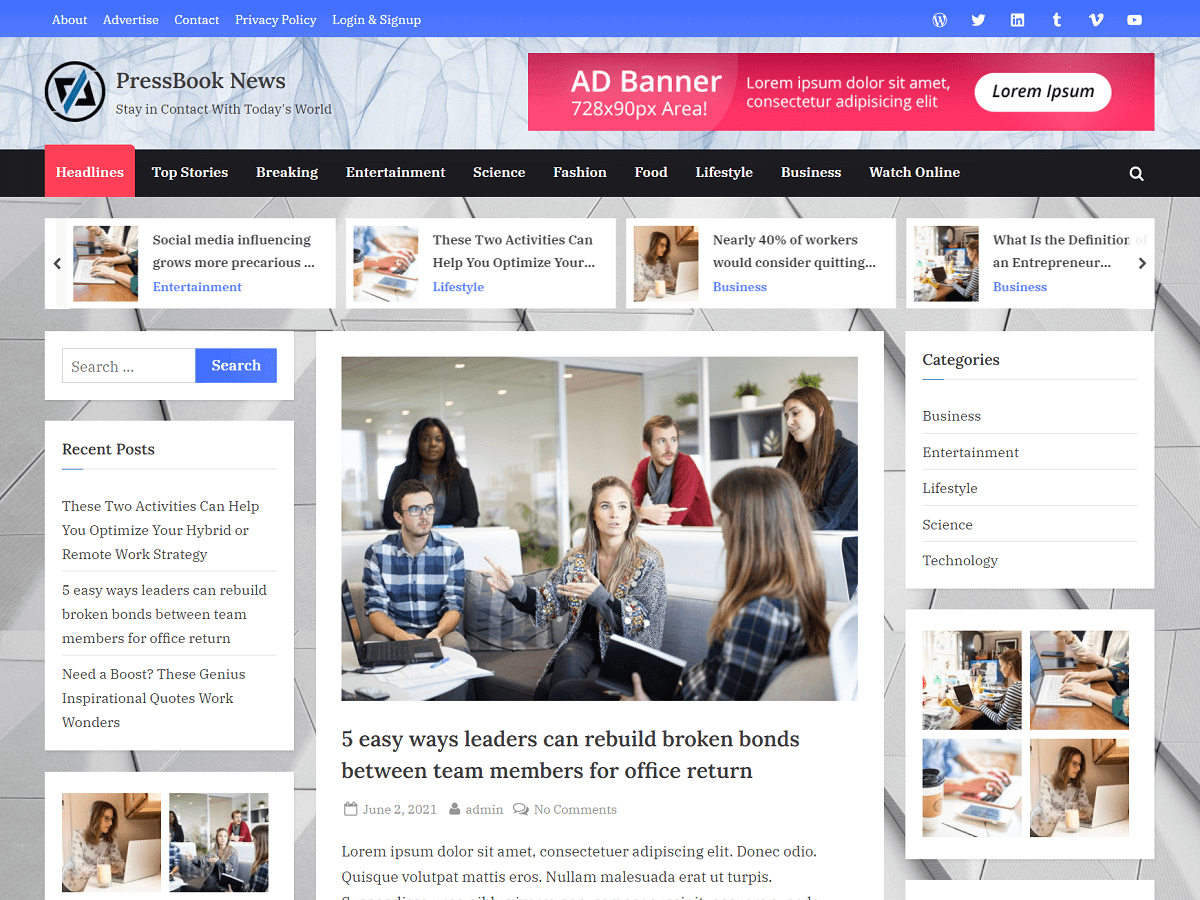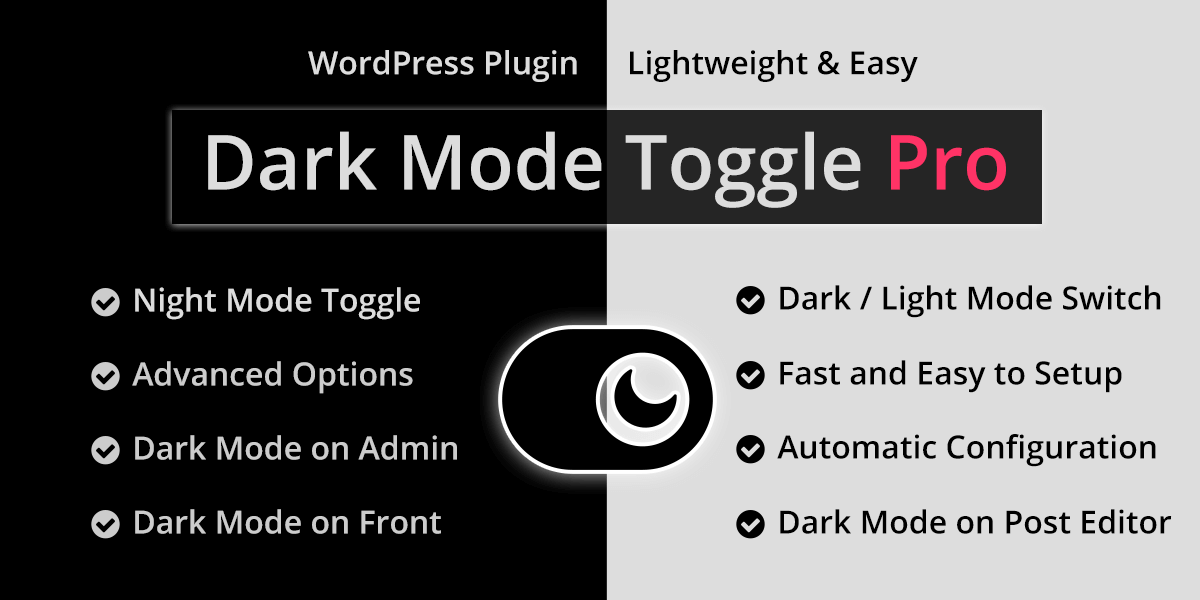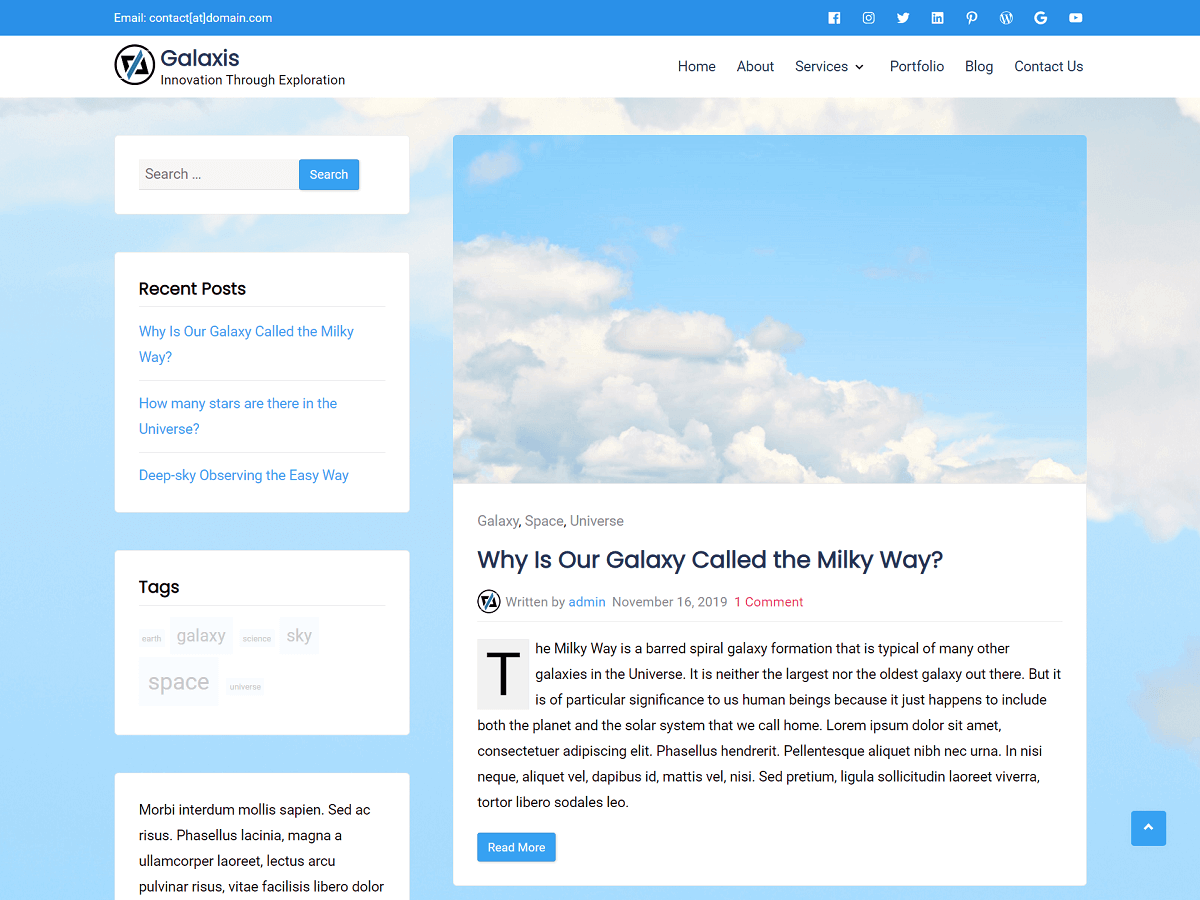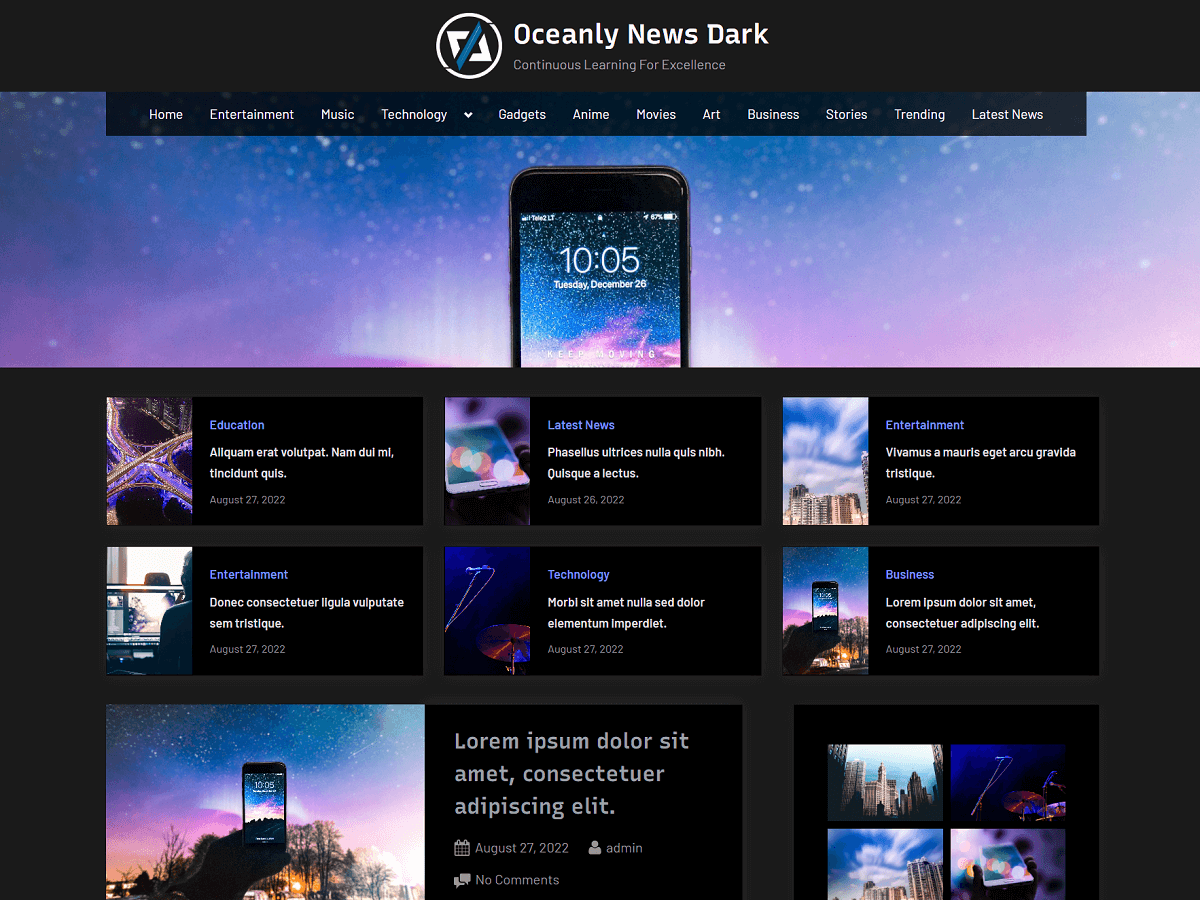In this article, we will explore how influencer marketing, combined with a social sharing strategy, can significantly boost your website’s reach. By partnering with influencers and encouraging your visitors to share your content on social media, you can reach a wider audience and drive more traffic to your website.
Influencer Marketing
Influencer marketing involves collaborating with individuals who have a large and engaged following on social media. These influencers can be celebrities, experts, or niche enthusiasts with a dedicated following. They can promote your website, products, or services to their followers, who are more likely to trust and be influenced by their recommendations.
Choosing the Right Influencers
Selecting the right influencers is paramount to the success of your influencer marketing campaign. A thoughtful approach ensures that your message resonates with an engaged and relevant audience.
- Conduct thorough research to identify influencers who align with your niche and whose followers match your target demographic.
- Consider the influencer’s engagement rates, authenticity, and previous collaborations.
- Reach out to potential influencers to understand their pricing. Be clear about your campaign’s details and budget to receive accurate rate quotes. Consider different influencers to compare costs.
- Select the right social media platform based on your target audience and campaign objectives. Consider the benefits and ad formats of platforms like Instagram, YouTube, and Facebook. Determine whether your goal is virality, website traffic, or broad reach.
- Micro-influencers with smaller but engaged audiences can yield impressive results.
- Maintain open communication with influencers to align goals and expectations.
- Avoid partnering influencers with inconsistent communication, sudden rate changes, low engagement relative to follower count, excessive bot comments, rapid follower growth, and misleading post-editing.
Example: A tech startup can partner with a popular and respected tech blogger or a YouTube reviewer to promote their new app. The blogger’s credibility, expertise, and in-depth app reviews can attract a tech-savvy audience genuinely interested in the app’s features.
Creating Shareable and Collaborative Content with Influencers
The key to a successful influencer campaign lies in the creation of engaging and relevant content that resonates with both influencers and their audience.
- Incorporate the influencer’s unique voice and expertise. Highlight the benefits of collaboration, emphasizing mutual growth and unique content opportunities.
- Ensure the content provides value to the audience and encourages them to explore your website further.
- Use a mix of formats such as interactive videos, blog posts, or social media campaigns.
- Incorporate storytelling to make the content relatable and memorable.
- Offer incentives such as affiliate programs, exclusive content, discounts, or giveaways.
Example: A cooking website collaborates with a renowned chef to develop and demonstrate exclusive recipes, attracting both the chef’s followers and the website’s regular visitors.
Nurturing Long-term Relationships with Authenticity
Genuine relationships with influencers are the foundation of successful campaigns. Prioritize meaningful connections over one-off transactions for a sustained impact on your website’s reach. Long-term collaborations can maintain a consistent flow of engaged website traffic. Utilizing a social wall for events can further enhance your influencer strategy, allowing for real-time engagement and amplification of content across various platforms.
Audiences value authenticity above all. Ensure that influencer content seamlessly integrates your brand message while allowing influencers to express themselves genuinely.
Also, you can make influencers your brand ambassadors to maintain long-term relationships. Brand ambassadors are trusted sources of information, and their endorsements can attract new audiences. They can also promote your website and brand at events and conferences.
- Prioritize mutually beneficial partnerships that extend beyond a single campaign.
- Maintain a transparent partnership, disclosing sponsored content. Encourage influencers to provide honest reviews and feedback.
- Offer exclusive deals for the influencer’s followers, driving traffic to your website.
- Influencer feedback: Regularly communicate with influencers to stay up-to-date with audience preferences, gather insights, and fine-tune your collaboration approach.
Example: Consider a photography equipment brand collaborating with a well-known travel photographer. This partnership involves showcasing the brand’s gear in the photographer’s travel blogs. Through genuine experiences, insightful reviews, and exclusive photography tips, the audience becomes engaged, forging a connection that extends beyond a single campaign. This authentic bond drives consistent traffic to the brand’s website, creating its reputation among photography enthusiasts.
Cross-Promotion with Influencers
Collaborate with influencers for cross-promotional campaigns. By co-creating content and sharing it across both parties’ social platforms, you tap into each other’s audiences, fostering mutual growth and expanding your website’s reach.
- Identify complementary influencers in related niches. Use data analytics and insights to choose influencers who have a strong overlap with your target audience.
- Brainstorm creative content ideas that showcase both brands. Dive deep into their expertise to co-create informative, entertaining, or emotionally resonant content that can genuinely connect with the audience of both brands.
- Clearly define usage rights and permissions for the content that is created during the campaign. This includes how and where the content can be used.
- Launch a coordinated content release across multiple social channels.
- After the campaign concludes, follow up with influencers to express gratitude, share performance metrics, and discuss potential future collaborations.
Example: A health and wellness brand can partner with a fitness influencer. They can create a series of workout videos featuring the brand’s products, sharing them on both the influencer’s fitness-focused platform and the brand’s wellness website.
Avoid Restricting Creative Freedom in Influencer Collaborations
When working with influencers, it’s important to have the right balance between providing comprehensive briefs and allowing creative freedom. This balance is needed to maximize the effectiveness of influencer marketing campaigns and collaborations.
- Outline the campaign objectives and key messaging to provide the roadmap for collaboration. Here, you need to clearly communicate the campaign goals and provide clear guidelines and expectations.
- Avoid micromanaging every detail as it can hinder authenticity and creativity in content creation. Here, you need to provide creative freedom and be open to new ideas.
- Allow influencers to interpret your campaign objectives and create content in their own unique way. Remember that influencers have their own unique voice and style, which is why you partnered with them in the first place. Allow them to express themselves and create content that feels authentic.
Example: Imagine a fashion brand collaborating with a style influencer. Rather than dictating every outfit detail, the brand provides a theme, letting the influencer’s creativity shine through in their unique way of styling.
Instead of providing a script for a sponsored video, give influencers the freedom to integrate your product or service naturally into their content which would make it more authentic and relatable to their audience.
Influencer Compensation Models and Incentives
Influencer compensation models and incentives are crucial for building mutually beneficial partnerships. There are various approaches like monetary compensation, product/service exchange, or commission-based models. The choice depends on factors like the influencer’s reach, the campaign’s objectives, and the brand’s budget.
- Pay per post or fixed rate for sponsored content.
- Commission on sales/leads generated through an influencer’s unique link or code.
- Free products/services or exclusive access in exchange for promotion.
- Performance-based incentives tied to engagement metrics or conversions.
Example: A fashion brand could offer micro-influencers a fixed fee for sharing an outfit post featuring their latest collection, or a commission on sales generated through their unique discount code.
AI-Infused Influencer Outreach Strategies
Utilizing AI in your influencer outreach strategies can be highly beneficial. AI can analyze influencers’ past collaborations and audience interactions to guide your approach. It can narrow down your selection process and its predictive analytics can recommend the most effective influencer partnership options.
- Leverage AI-powered influencer identification tools: Utilize platforms that can analyze social media data to identify relevant influencers based on specific criteria.
- Automate outreach tasks: Use AI-driven tools to schedule emails, track progress, and manage relationships with multiple influencers simultaneously.
- Use AI to analyze influencer content: Identify trends, themes, and popular topics among influencers to align your campaign with current interests.
- Monitor influencer activity: Utilize AI-powered monitoring tools to track influencer posts, mentions, and engagement in real-time, enabling prompt responses and adjustments.
AI algorithms analyze not only influencer content but also your website’s existing materials. This analysis helps in identifying gaps, overlaps, and potential synergies between influencer-generated content and your site’s offerings. As a result, the collaboration produces content that seamlessly integrates with your website’s theme and resonates with your audience.
Example: Imagine you run a home decor website. Using AI-infused strategies, you can analyze data patterns and discover an interior design influencer whose audience closely matches your target demographic. AI-guided insights reveal that the influencer’s followers are particularly interested in sustainable living and minimalist aesthetics. Based on this knowledge, you can collaborate with the influencer to co-create content that showcases sustainable decor ideas and minimalist room transformations.
Social Sharing
While influencer collaborations introduce your content to new audiences, it’s important to understand a well-orchestrated social sharing strategy that ensures its sustained visibility and circulation. By integrating social sharing buttons and tools into your website, you allow visitors to easily share the content of your website such as articles, products, or visuals across their social media networks. Alternatively, you can also create QR codes for your website that link website visitors directly to all of your social media content.
As an example, you can install a social sharing plugin on your WordPress website to facilitate easy sharing of your content. Also, you can enable sticky social share icons that remain accessible for consistent visibility as visitors navigate your content.
Integrated Social Sharing Buttons and Widgets
Integrate social sharing buttons and widgets into your website to significantly boost content distribution and engagement. These elements make it easy for visitors to share your content on their preferred social networks with just a few clicks.
- Social share buttons for major platforms (Facebook, Pinterest, X, LinkedIn, etc.).
- Click-to-share quotes or snippets for easy sharing of key messages.
- Floating share bars or sticky social icons for persistent visibility.
Example: A website blog could include share buttons at the beginning and end of each post. This would allow readers to easily share the content on their social media feeds, potentially reaching new audiences.
Strategic Social Sharing Campaigns
Engage your audience by encouraging them to actively participate in social sharing. Pose questions, run contests, or conduct polls that prompt users to share their responses, opinions, or entries, generating organic visibility for your website.
- Pose thought-provoking questions related to your content.
- Host interactive giveaways where participants share your content to enter.
- Use compelling visuals with your content to maximize engagement and increase shares.
- Hashtag strategy: Implement relevant and trending hashtags to enhance content discoverability and engagement.
- Share user-generated content to create a sense of community around your brand.
- Decide on the timing and frequency of your posts for each platform. Create a social media content calendar for organized posting and to avoid content fatigue.
Example: A photography website initiates a “Best Nature Shot” contest. Participants share their captivating images on Instagram using a dedicated hashtag, leading to a surge in website visits to explore contest details.
Automated Content Sharing with AI for Consistency
With the use of AI, you can share your content on social media consistently. It makes sure you post regularly and that your messages are always interesting. Plus, it can automate content sharing across different social media platforms. This can save time as well as marketing costs and keep your followers engaged with updates.
Each social media platform has its unique characteristics and audience behaviors. AI algorithms adapt your content for different platforms, optimizing visuals, captions, and posting formats to align with user expectations.
- AI-powered scheduling tools post content at optimal times for maximum visibility, while also automating chat support on your website and social media.
- AI tools search through lots of data to find popular, relevant, and trending topics for social media, so your posts stay interesting and up-to-date.
- Automation reduces the manual workload, freeing up time for strategic planning.
- Using AI to automate your content sharing can reinforce your reputation as an expert and increase the professionalism of your brand image.
AI doesn’t just automate content sharing, it can learn and refine its approach over time. By analyzing engagement metrics and user interactions, AI can fine-tune your social sharing strategy, prioritizing content that consistently resonates with your audience. This iterative process ensures that your content remains relevant and effective.
Internal Social Sharing and Employee Advocacy
Encouraging and enabling your employees to share company content can amplify your brand reach and credibility. Empower your workforce as brand advocates to leverage their personal networks and build trust through authentic, peer-to-peer sharing.
- Internal communication and training on social media best practices.
- Centralized content hubs or platforms for employees to access shareable assets.
- Incentives or recognition programs for active employee advocacy.
Example: A software company could provide their employees with pre-written social media updates and visual assets promoting their latest product release, encouraging them to share within their professional networks.
Social Listening and Monitoring for Engagement
Actively monitoring social media conversations and engagement around your brand, content, and industry can provide valuable insights.
Leverage social listening tools and strategies to identify opportunities for engagement, address concerns, and measure the success of your social sharing efforts.
- Track brand mentions, hashtags, and industry keywords across social platforms.
- Monitor comments, shares, and other engagement metrics on your shared content.
- Respond to questions, feedback, and interactions in a timely manner.
Example: A retail brand could use social listening tools to track conversations around a new product launch. Also, they can interact with positive mentions, address negative feedback, and measure the impact of their influencer marketing campaign on social media buzz.
Measuring Results and Adapting Strategies
Continuously evaluating the performance of your influencer marketing campaigns and social sharing strategies is essential for refining your strategies and optimizing results.
- Utilize analytics to measure website traffic originating from social platforms. Also, keep track of website traffic including actions such as newsletter signups before, during, and after influencer campaigns.
- Monitor key performance indicators (KPIs) like conversion rates, and social engagement.
- Track engagement metrics such as likes, shares, comments, and click-through rates.
In conclusion, incorporating influencer marketing and social sharing strategy into your website can yield remarkable results. The partnership with influencers brings authenticity and expands your reach, while social sharing facilitates seamless content distribution.

